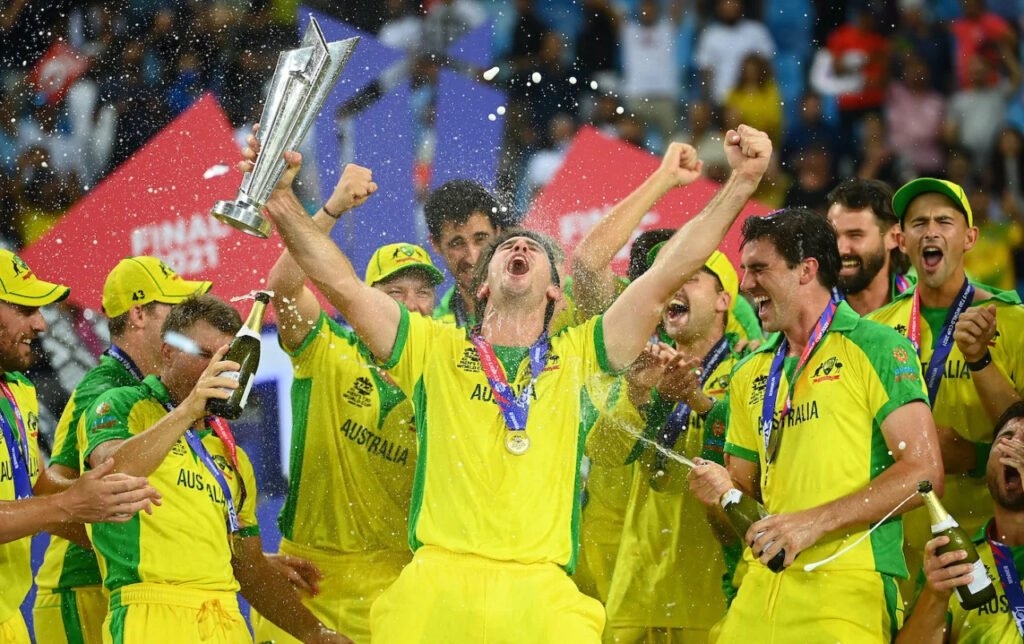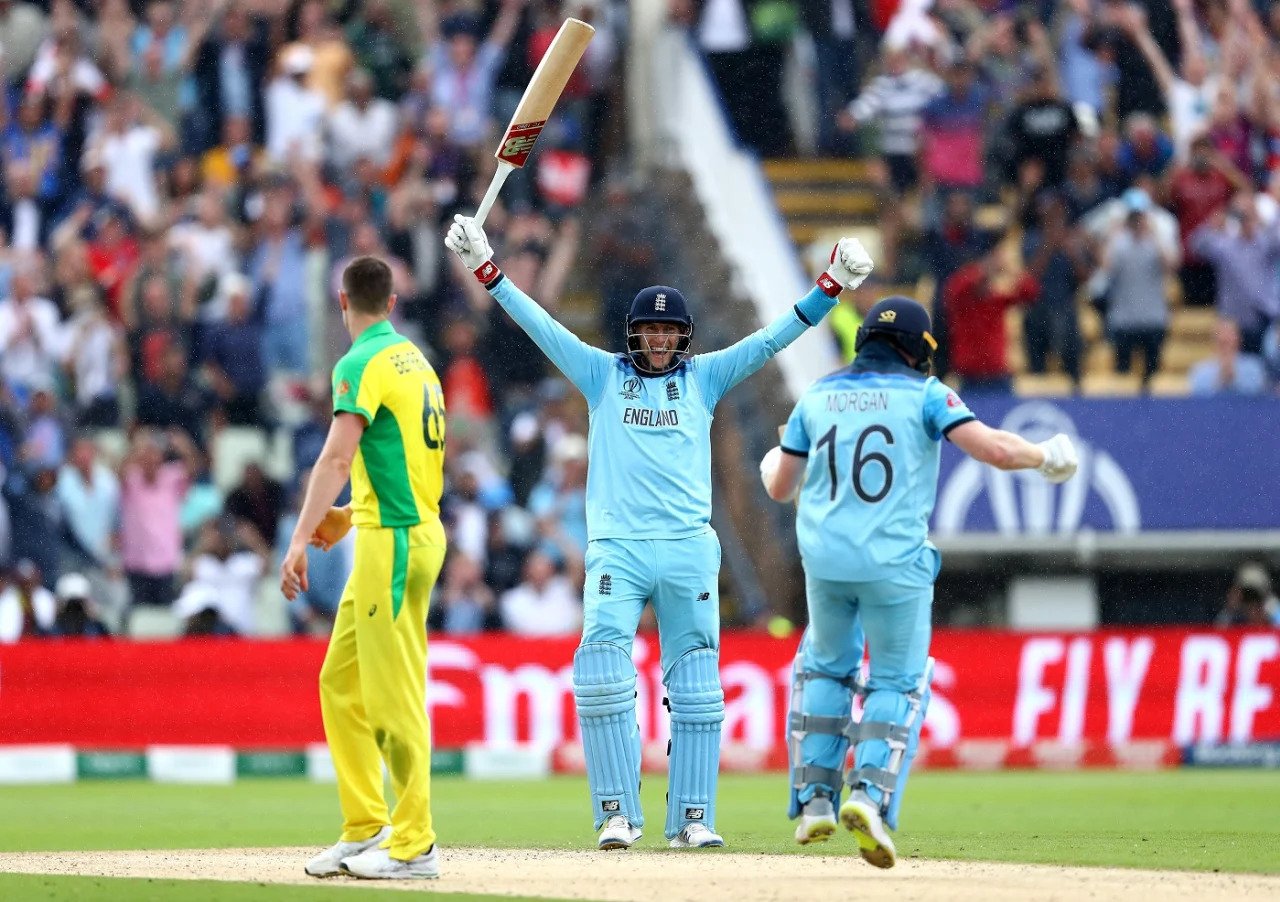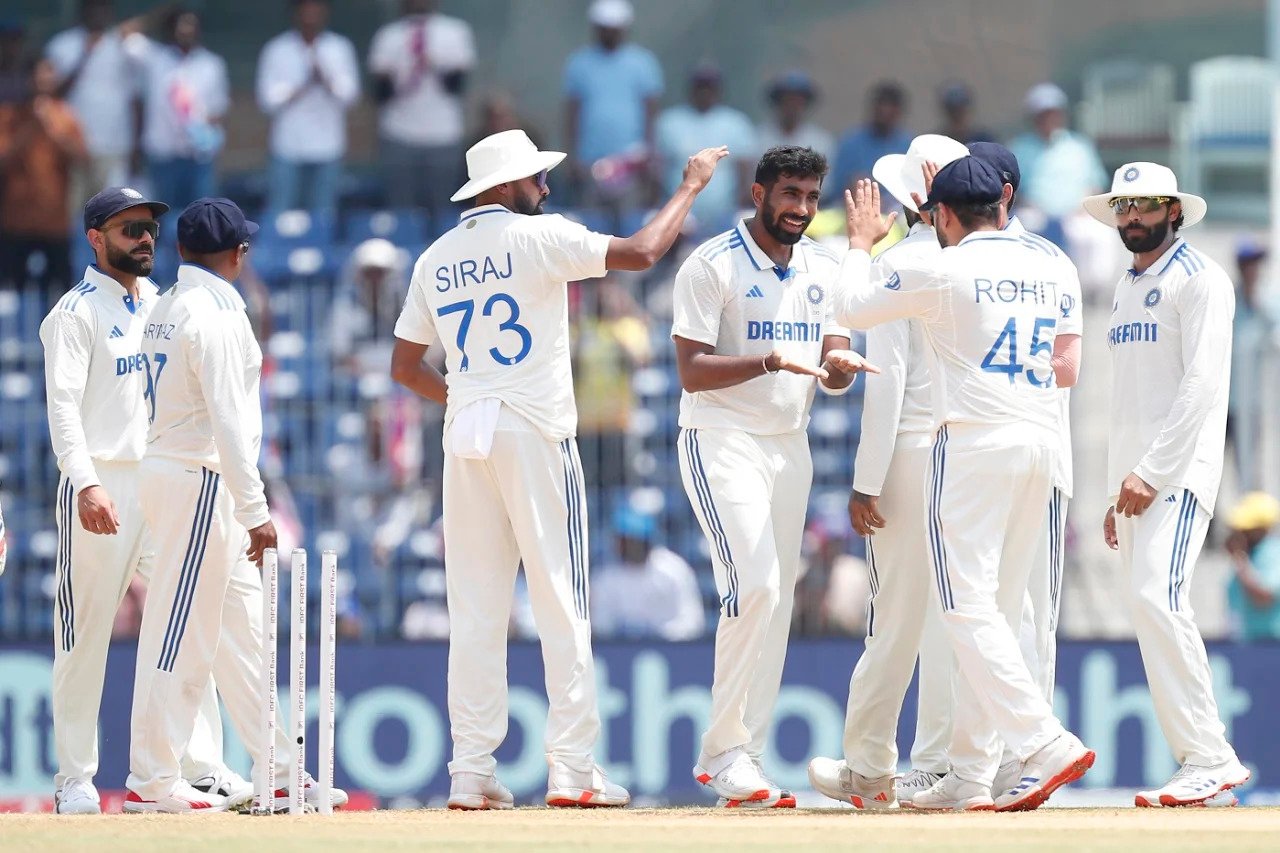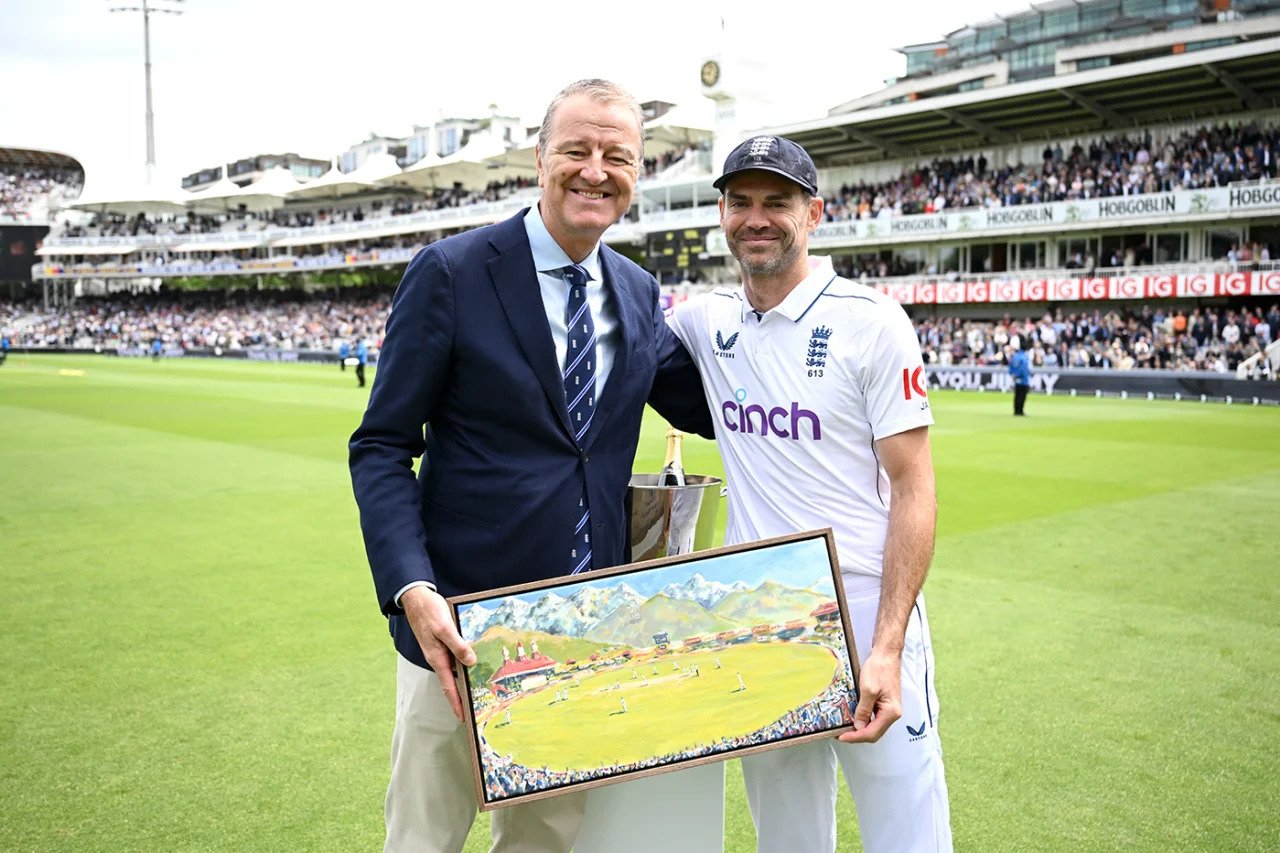Australia’s emphatic victory in the T20 World Cup final showcased dominant performances from Mitchell Marsh and David Warner, outshining New Zealand’s efforts led by Kane Williamson.
Despite Williamson’s outstanding 85, New Zealand loses the second consecutive world limited-overs final.

Australia 173 for 2 (Marsh 77*, Warner 53, Boult 2-18) Beat New Zealand 172 for 4 (Williamson 85, Hazlewood 3-16) by 8 Wickets.
Due to the challenging, two-paced fields used in this competition, the scoring rate is the lowest of any T20 World Cup. But as near to pure T20 as we have seen in the UAE over the last three weeks was the final. The fastest fifty in a T20 World Cup final was set, and it was quickly shattered. If Mitchell Marsh was among the victors and Kane Williamson was on the losing side, it was all due to what was going on around them.
Williamson made 85 off 48 balls, while the other batters for New Zealand combined to make 78 off 73.
Marsh scored an undefeated 77 off 50 to finish. The remaining bats for Australia made 86 off 63 combined. This featured an elegant cameo from Glenn Maxwell, who had the honor of playing the winning shot—a reverse-swipe past short third man off Tim Southee—and a masterfully controlled half-century from David Warner, who in this tournament has returned to his best as a T20 opener after an erratic and unsettling IPL.
Australia finally became the T20 global champions, winning by eight wickets and needing only seven balls remaining.
When the tournament started, Australia wasn’t one of the favorites, but take another look at that lineup. Warner, Aaron Finch, Marsh, Maxwell, and Marcus Stoinis are among the best hitters in the T20 league; a team cannot remain unranked for very long without them.
Although the bowlers contributed as well, particularly Josh Hazlewood, whose into-the-pitch legcutters allowed him to return numbers of 4-0-16-3 in a match with a total run rate of around 8.9, this was largely a victory for boundary hitting, which is the most important T20 skill.
Though it undoubtedly helped that they emerged victorious in a competition highly reliant on the toss, Australia was, on the day, noticeably superior against New Zealand in this skill.
New Zealand Began Slowly
New Zealand batted through their first ten overs of the innings at a leisurely rate, not merely in comparison to the last ten, much like England and Pakistan did in their respective semi-finals. They had just 57 runs in the bank at the midway stage, but they had only lost one wicket.
New Zealand went 32 balls without a boundary between the fourth over, when Martin Guptill smashed Hazlewood in front of point, and the ninth over, when Williamson stepped out and slapped Marsh through the covers. There were some tight overs during this time, especially from Adam Zampa and Hazlewood, whose cutters gave the batsmen little area and pace to work with, but there were also some calm overs during which New Zealand didn’t appear to want to press the matter at all.
Also Read: 2015 Cricket World Cup Final: Australia Triumphs Over New Zealand
Also Read: New Zealand Clinches Historic Test World Championship
One dot and five calm singles to the deep fielders—the kind of singles the bowling squad is more than willing to concede—were produced in the seventh over, which featured offspinner Maxwell bowling to two right-hand batters.
In the end, Guptill scored 28 off 35 balls, so it wasn’t exactly an attacking player’s innings where he was trying to score runs but wasn’t able to. He had the intention of either rotating the strike or defending for 22 of the 35 balls he faced.

Starc vs Williamson
If Hazlewood had held on to a simple opportunity at fine leg in the eleventh over, this would have been one of the match’s pivotal moments and may have been over in one ball. But Hazlewood put it down, and Starc took a severe beating as a result.
The 16th over, when Williamson went 4, 4, 6, 0, 4, 4 against the left-arm fast, was the most punishing. This sequence featured some brilliant strokes, most notably a whipping six off the pads and over deep-backward square-leg, but two edges to the third-man boundary really captured the essence of the exchange and of Williamson’s innings.
With backward point and third man in the circle and Starc bowling from a left-arm over, Williamson most likely thought he would score four if the ball was outside off stump, so he swung hard and edged. With final stats of 4-0-60-0, Starc had the lowest ever in a T20 World Cup final.
Australia Dominant In The Chase
As was already established, New Zealand scored 57 for 1 in their opening ten overs. Australia gave a reply of 82 to 1.
Intent had a role in this. Finch was at the crease for only seven balls, but he showed plenty of it. After hitting Trent Boult for four in the third over by charging at him and failing to reach the pitch, he charged at him again the very next ball, going hard despite the fact that he miscuted and was caught in the deep, an unhappy outcome but not one he was afraid of.
Part of the reason for it was also careless bowling. The quick bowlers would have been better suited going off-pace and into the pitch, as New Zealand’s innings had demonstrated, but Adam Milne, like Starc before him, opted for maximum pace. Marsh, who had just reached the crease, struck his opening three balls for six, four, and four. His first shot was a pick-up that flew beyond the square-leg boundary with ease, and it also served as a warning about how well he was seeing the ball.
And there was the third factor in Australia’s supremacy during the first half of their innings: they had two very good batsmen in Marsh and Warner, who were batting on a flat surface and gaining confidence with each ball they middled.

When Warner played with Ish Sodhi in the ninth over, his skill reached its zenith. He wasn’t particularly poor at the first two balls he encountered from Sodhi, but he wasn’t going to allow the legspinner settle. A ball with a somewhat broad length was hit flat-batted past the bowler and a long-on fielder who was sprawled out for four runs.
For the next ball, Warner reverse-paddled Sodhi, who corrected his line, for a lovely double past backward point. Warner then attempted to reach the pitch but was unable, losing a rare dot ball, but he had laid the groundwork for future boundaries. in the near future. The next two balls that Sodhi tried were floaty and short, and they went for 4 and 6.
Marsh Power Takes Australia Home
Marsh was a prime example of how Australia’s hitters could be quite severe on a short ball, or even one that was just slightly short. Even though the final hit, which was a flat-batted shot to the long-off boundary, somewhat stretched the definition of “pull,” six of his ten hits to or over the boundary came off shots that fit into that category.
There was only going to be one fleeting glimmer of hope for New Zealand, when in the thirteenth over, Boult, whose slower cutters allowed him to escape the punishment all his colleagues received, slipped a short ball under Warner’s pull to bowl him. However, Maxwell and Marsh teamed to brutally end it. Marsh hit his fifty in the next over with a huge six off Sodhi, surpassing Williamson’s 32-ball score by one ball.
Man of The Match- Mitchell Marsh
Man of The Series- David Warner





